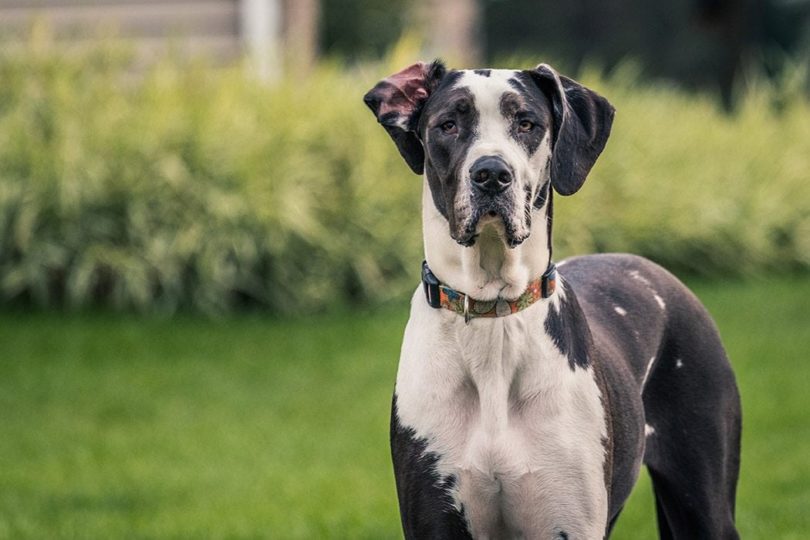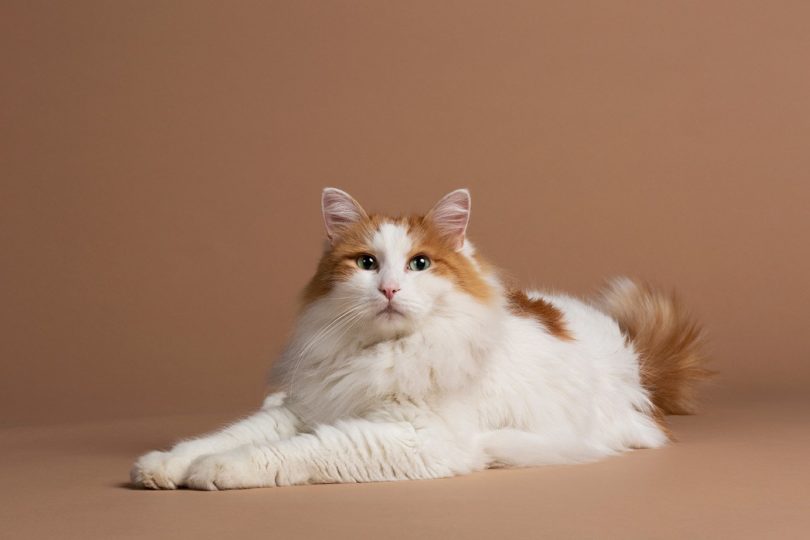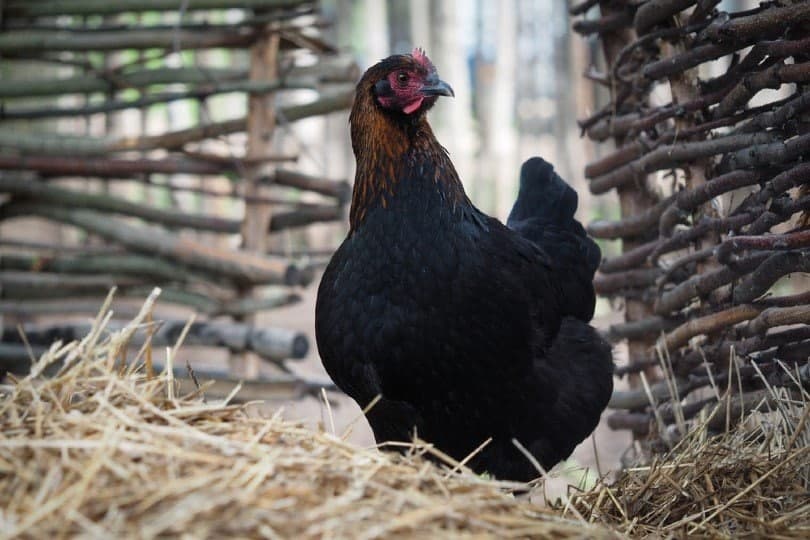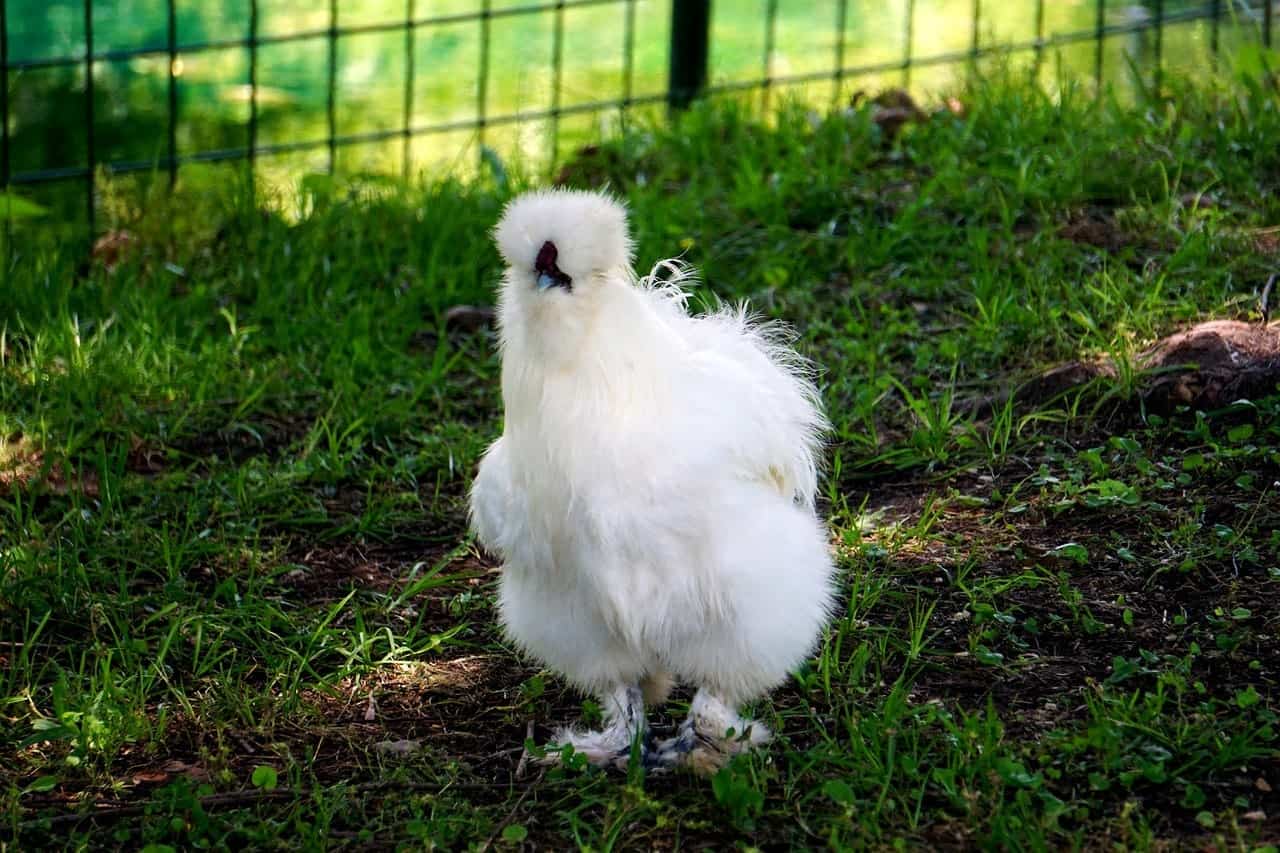Click Below to Skip Ahead
The Great Dane—sometimes referred to as the German Mastiff or Deutsch Dogge—is one of the giant working breeds. Standing over 30 inches tall, this dog may look imposing, but they’re well-known for their gentle and friendly disposition. Although some owners may find that their Great Danes are reserved and shy around strangers, these energetic dogs tend to be enthusiastically loving and affectionate with their families.
Breed Overview
Height:
Male: 30–40 inches; Female: 28–32 inches
Weight:
Male: 120–200 pounds; female: 99–130 pounds
Lifespan:
7–10 years
Colors:
Black, blue, brindle, fawn, harlequin, mantle
Suitable for:
Active families with a lot of room, multi-dog households
Temperament:
Reserved, gentle, devoted, confident
Originally a crossbreed between English Mastiffs and Irish Wolfhounds, Great Danes were bred for work by German nobility, independent of English breeding methods. They traditionally assisted German princes with hunting boar, deer, and bears. Particularly favored dogs were called Kammerhunde (chamber dogs) and were outfitted with ornate colors. They would sleep in the bedrooms of their masters to help protect the nobles from assassination.
Great Dane Characteristics

Great Dane Puppies
Great Dane puppies are relatively active but do not require a considerable amount of exercise. When young, too much activity can even be damaging to their long-term health outcomes. They are intelligent and reasonably easy to train but can be stubborn learners. Even as puppies, Great Danes are gentle and patient and make good dogs for families with young children.

Temperament & Intelligence of Great Danes
Are These Dogs Good for Families? 👪
Great Danes make excellent family dogs. In terms of intelligence, they are pretty average. Although they’re widely considered easy to train, Great Danes can be pretty stubborn, which can hamper trainability. They have great potential as working dogs, particularly in the areas of hunting, tracking, and protection.
With such a commanding presence, they make good guardian dogs, but they’re absolute sweethearts with their families. Despite their massive size, they fancy themselves to be lap dogs, which is quite laughable at times. However, it won’t stop a Dane from trying to curl up in your lap!
Great Danes are highly sociable within their known family but standoffish toward unfamiliar people and animals. They will seek untold amounts of attention and love from those they deem trustworthy, and they will bond strongly with the people and other animals they are raised with.
Are These Dogs Good With Other Animals? 🐶 😽
Mostly, yes. Great Danes tend to be gentle and sweet with other animals and fiercely protective of those raised alongside them. However, they have been known to exhibit aggression toward unfamiliar dogs on occasion.

Things to Know When Owning a Great Dane
Food and Diet Requirements 🦴
Great Danes, like other giant breeds, consume a truly massive amount of food. Adults require between 2,500 and 3,000 calories daily. You’ll want to choose a high-protein and moderate-fat diet so your Dane can reach their caloric requirements without eating meals that are too large, which could lead to deadly gastric torsion (bloat).
Exercise 🐕
Contrary to popular belief, Great Danes don’t have exceptionally high exercise requirements. They are not lazy, though, and do require 30 to 60 minutes of moderate exercise daily. Puppies don’t need to exercise that much, but activity during their formative years will help improve mobility in their golden years.
Great Danes can be great hiking partners, but owners should be careful not to overwork the puppies. It is also vital to avoid rigorous exercise after meals to reduce the risk of gastric bloating and torsion.
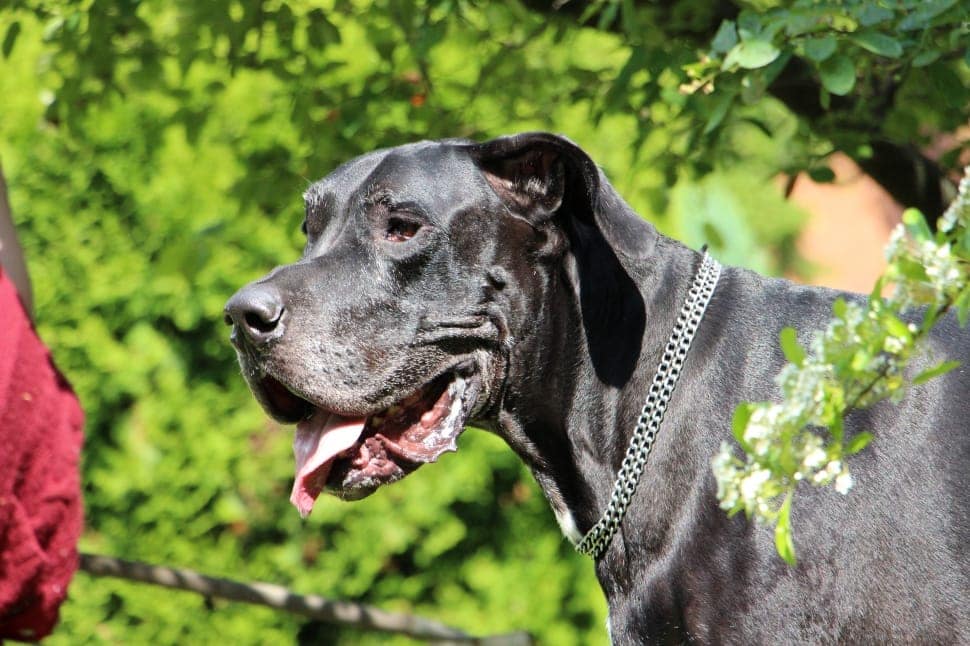
Training 🎾
Great Danes are widely considered to be trainable. Experts argue that the breed can be stubborn, though, making them a bit less trainable than, say, a Labrador Retriever. That said, they respond well to training and genuinely enjoy pleasing their owners by obeying commands.
Grooming ✂️
Great Danes are smooth, short-haired dogs that don’t require the same intensive grooming that many long-haired breeds require. However, they do require regular bathing and will need to be brushed regularly, a few times a week, during the spring and fall shedding seasons. With gentle dog shampoos, you can bathe a Great Dane weekly without damaging their coat. But baths should typically be given “as-needed,” about monthly as a minimum.
Although not precisely a grooming feature, Great Danes do drool quite a bit and can be a bit messy in this regard.
Health Conditions 🏥
- Thyroid problems
- Gastric dilation and volvulus
- Dilated cardiomyopathy
- Hip dysplasia
- Osteoarthritis
Minor Conditions:
- Thyroid Problems: Autoimmune thyroiditis is common among Great Danes, usually resulting in hypothyroidism. These issues are manageable with medication and are relatively easy to monitor. Your veterinarian can monitor your dog’s thyroid with a simple blood test.
Serious Conditions:
- Gastric Dilation and Volvulus: Gastric dilation volvulus, or canine bloat, is a dangerous and potentially deadly disease where an excess build-up of gas in the stomach causes the stomach to twist, cutting off blood circulation. This illness can quickly become fatal and is the second most common cause of death in Great Danes. Large meals should be avoided to avoid bloating as best as possible. Dogs that experience bloat once are highly likely to experience it again and should be monitored vigilantly for signs of the illness. If your dog has already been treated for bloat, your veterinarian may recommend a preventative procedure to help minimize the risk of it occurring again.
- Dilated Cardiomyopathy: For Great Danes, their giant heart is more than just a pleasant figure of speech. This breed often suffers from dilated cardiomyopathy, a disease of cardiac muscles that can cause the literal enlargement of the heart.
- Hip Dysplasia: Hip dysplasia is common in many breeds, especially large and giant ones, and Great Danes are, unfortunately, not immune. In this case, the prevalence is thought to be due to the weight of their gigantic frames. In dogs with hip dysplasia, the ball-and-socket joint of the hips does not fit properly, causing the bones to rub and grind as they move. This grinding causes deterioration and eventually complete loss of use in the affected joints. The effects of hip dysplasia can be delayed with dietary supplements, but these conditions usually eventually force owners to make a difficult decision regarding their dog’s quality of life.
- Osteoarthritis: Osteoarthritis is the chronic inflammation of the joints due to deterioration of the cartilage. It’s classified as a degenerative joint disease and is common in large and giant breeds, likely due to their size. Like hip dysplasia, osteoarthritis can be stalled somewhat with the utilization of dietary supplements but has a similar long-term outcome.
Male vs. Female
Male Great Danes tend to be slightly larger on average than their female littermates, but the difference is rarely significant unless you are in an “every-inch-counts” situation regarding size.
As with any breed, temperament is a product of their genetics and training and is not determined by their sex. That said, owners report that male Great Danes tend to be slightly more easy-going and bond with the whole family. Female Great Danes tend to have a bit more attitude and are more likely to bond more closely with their primary handler than the rest of the family.
Females mature a bit faster than males, hitting puberty and reaching emotional maturity milestones sooner. This maturity means that female Great Danes can be trained earlier than their male littermates, which may be a valuable trait for some owners.
Many people subscribe to the false belief that male Great Danes are more aggressive than their female counterparts. Aggression can be present in any dog, regardless of sex. However, male dogs may be slightly more predisposed toward bold and challenging behavior, leading to fighting between them. Female Great Danes are more likely to avoid threatening situations but may also feel the need to show their dominance over other dogs, people, or animals.


3 Little-Known Facts About the Great Dane
1. The tallest dogs recorded in the world were all Great Danes.
All recorded Guinness Book of World Records “World’s Tallest Dogs” were Great Danes! The first two record-holders were Shamgret Danzas and Harvey, two Great Danes that both stood 41.5 inches tall. Harvey even slept in his own twin bed!
More recent entries to the Guinness Book of World Records for the tallest dog are Gibson (42.2 inches), Titan (42.25 inches), Giant George (43 inches), and Zeus (44 inches).
The tallest living dog is also a Great Dane. Atlas, a harlequin Great Dane, is 40.94 inches tall. Freddy, the previous living record holder, stood at 40.75 inches. Freddy passed in January 2021 from health complications.
However, the Great Dane is not the tallest breed in general. Wolfhounds tend to grow taller on average, even if all the tallest dogs have been Great Danes.
2. Great Danes were once thought to ward away evil spirits and ghosts.
In the Middle Ages, Great Danes were thought to have protective powers against demons and other evil spirits. Their potent tracking senses come from their hunting-focused breeding and give them the ability to sense things that are not visible to their owners. This seemingly supernatural sense led people to believe that they could see “the beyond.”
When writers Joe Ruby and Ken Spears were creating the character of Scooby-Doo, the iconic dog was chosen to be a Great Dane because of the breed’s connection with the supernatural.
3. The Great Danes is a triple crossbreed.
The Great Dane has a unique genealogy because they were bred with the specificity of boar hunting in mind. Their genetic roots lie in the Irish Wolfhound for their height, the English Mastiff for their muscular build, and the Greyhound for their speed.
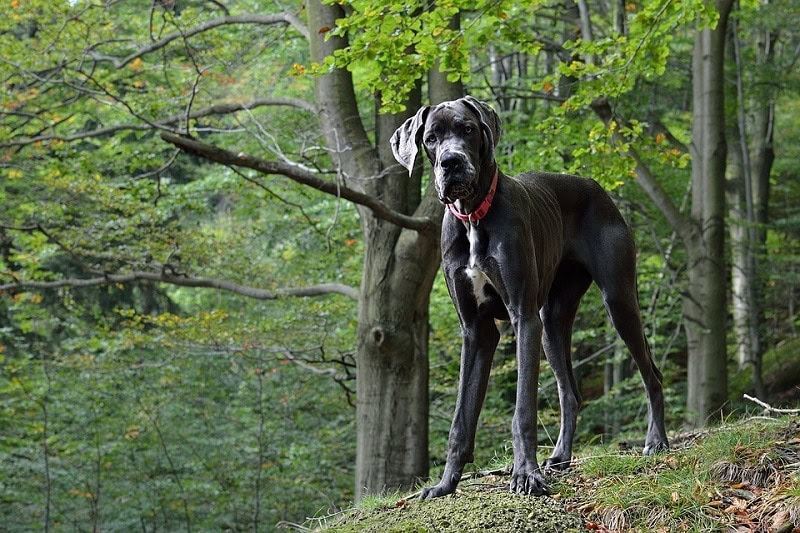

Final Thoughts
Great Danes are fantastic family dogs that are excellent choices for people looking for active pups that don’t require extremely high amounts of physical exercise. Their gentle and sweet dispositions with family and other animals make them perfect dogs for people with other children or sociable animals in the home already.
With giant breeds, it’s essential to remember that they have short lifespans. While all dogs will one day break your heart, Great Danes in particular have one of the shortest lifespans among canines. Most will live to be 8–10 years old, with a lucky few nearing the 12-year mark, but some owners may sadly find that their pets’ natural lifespans can end as young as 5 or 6 years old.
It is also worth keeping in mind that giant dogs eat massive amounts of food. Combined with their propensity to develop health problems and heightened risk of developing canine bloat, giant breeds can be prohibitively expensive to maintain and keep healthy.
For those who can keep up with their costs and are looking for a friendly, active dog that doesn’t require too much grooming, a Great Dane is a great choice! They’re also patient and gentle, making them an excellent option for families with young children.
Next on your reading list:
Featured Image Credit: Earl Wilkerson, Shutterstock
